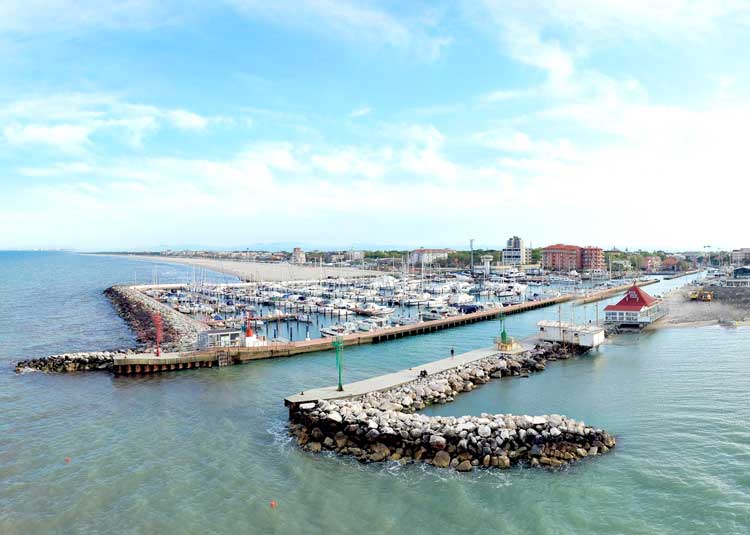
Optimising real-time dredge monitoring systems with acoustic sensors
Driven by an increasing population, global maritime trade activity is at an all-time high. To keep up with demand, larger vessels and expanded port facilities are being built. Larger vessels, particularly container vessels, often require multiple expansion projects, such as expanding turning basins, widening shipping channels and digging deeper berths. These port expansion projects often require dredging to ensure the upgraded facilities can handle vessels of any size. However, dredging in the maritime industry is continuous, expensive and resource intensive. To meet evolving demands while remaining economically viable, tools that increase dredging efficiency need to be evaluated and incorporated into dredging operations.

LIFE MARINAPLAN PLUS Project: Sustainable marine and coastal seabed management
In June 2019, the research team of the LIFE MARINAPLAN PLUS project began operating the first-of-a-kind demonstration plant installation at the harbour entrance of Marina di Cervia (Italy). Fulfilling the project’s objective to apply at industrial scale a reliable technology for the sustainable management of sediment in marine infrastructures, this technology prevents harbour silting through the use of submerged devices called ‘ejectors’ installed on the seabed.

Dredging for Sustainable Infrastructure
The book Dredging for Sustainable Infrastructure gives state-of-the-art guidance on how to design, implement and manage a water infrastructure project with a dredging component to project owners, regulators, consultants, designers and contractors.

Underwater Sound
Underwater sound created by dredging equipment below the water surface can impact marine life and requires careful evaluation and monitoring.

Dredging Sound Levels, Numerical Modelling and Environmental Impact Assessment (EIA)
Underwater sound from anthropogenic sources and its potential adverse effects on the marine environment is a topic of much global interest. This article gives an overview of known sound source levels for various dredging equipment and activities and describes a method used to extrapolate source levels.

Faunaguard: A Scientific Method for Deterring Marine Fauna
Marine fauna is sensitive to underwater dredging sounds. Scientific research indicates that inducing the fauna to leave an area temporarily before the start of a project minimises serious impacts. And the marine life returns when the dredging is finished.

Monitoring Programme for the Maasvlakte 2, Part III – The Effects of Underwater Sound
TNO’s acoustic surveys of dredgers during all phases of the dredging cycle showed that permanent hearing threshold shift was not exceeded in any cases studied or in any species in question.

Underwater Sound in Relation to Dredging (CEDA Position Paper)
The sea is full of fish and aquatic mammals “talking” to each other. Do the sounds of dredging disturb this communication?

